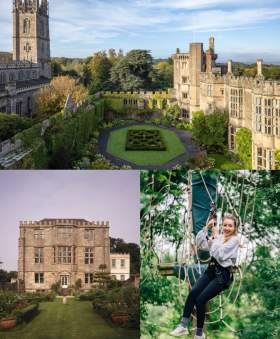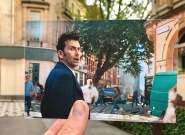Forty minutes North of Bristol lies the village of Slimbridge in Gloucestershire, best known as the home of the Wildfowl and Wetlands Trust (WWT).
Due to the huge variety of wildlife that benefits from the river Severn, WWT’s founder, Sir Peter Scott, realised that it would make an ideal headquarters as a centre for research and conservation, and set up the Trust (then known as the Severn Wildfowl Trust) in 1946. In a move unusual at the time, the site was opened to the public right from the start so that everyone could enjoy access to nature.
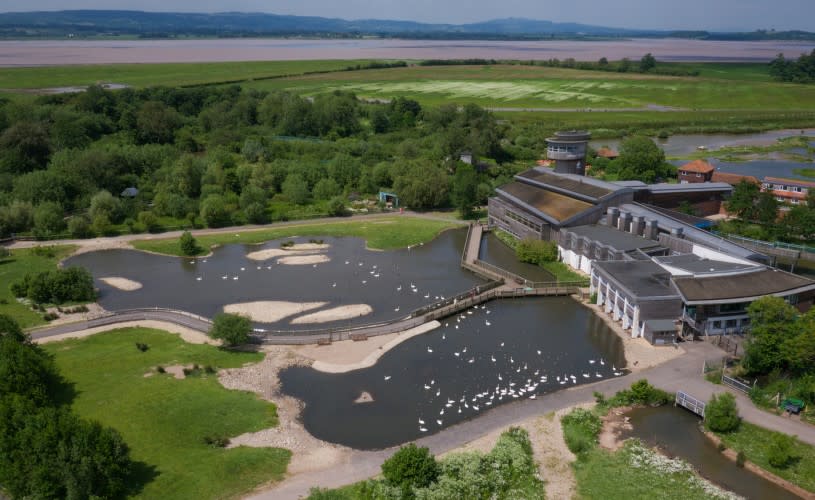
Image - Aerial view of WWT Slimbridge Wetland Centre. Credit WWT & Ben Kenobi
Scott, the son of Robert Falcon Scott (Scott of the Antarctic) was an Olympic sportsman, national gliding champion and mentioned in dispatches twice for gallantry during World War II. He’s remembered for being an artist, writer and conservationist, but how did his love of nature translate into a connection with the BBC Natural History Unit in Bristol?
After the war, Scott familiarised himself with the BBC commentary team covering events including the wedding of Queen Elizabeth II. In 1946, he was invited to join the panel on a radio programme as part of Children’s Hour called “Nature Parliament”.
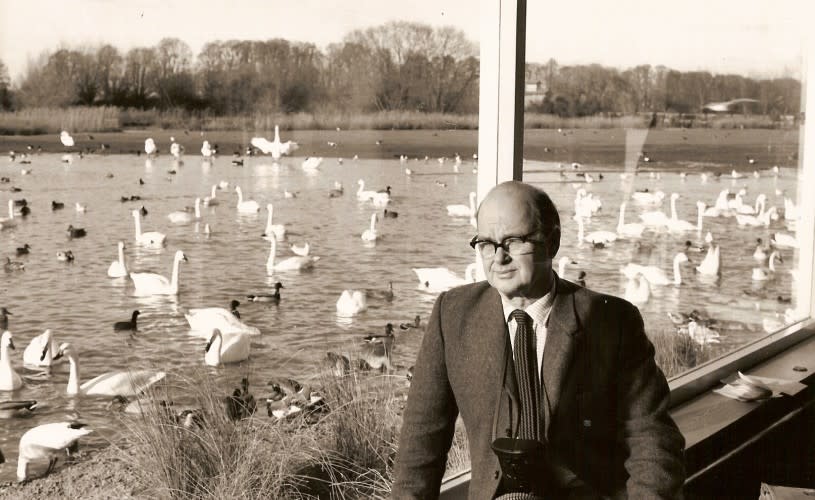
Image - Sir Peter Scott sat in his study looking over the Rushy Lake at Slimbridge Wetland Centre. Credit WWT
Around the same time, a radio producer named Desmond Hawkins joined the BBC. He was interested in developing natural history programmes for the Home Service West. Hawkins went on to launch a series called “The Naturalist”.
One of its wildlife sound recorders was a man named Ludwig Koch. It was Koch who mentioned to Hawkins that Scott was coming to live in the little cottage, which still stands at the Slimbridge site today. On a later visit to record white-fronted geese, the two men met and Hawkins invited Scott to work with him.
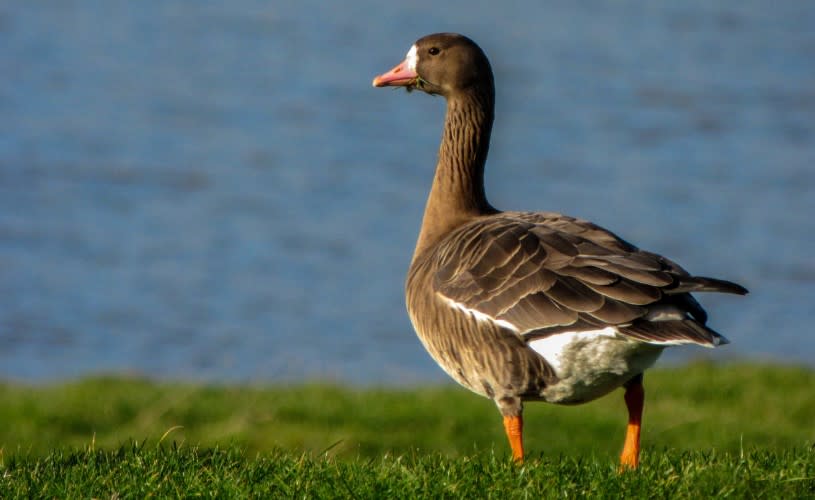
Image - White fronted goose. Credit WWT and James Lees
Hawkins was keen to make television programmes at his base in Bristol and had a hunch that Scott was going to make a great television presenter. Before long, the BBC West of England Orchestra were asked to give up their theatre and a permanent television studio was established. The first television collaboration between Scott and Hawkins was a live broadcast from the Severn Wildfowl Trust at Slimbridge.
A visit from Attenborough
At the time, the BBC were happy to encourage regional specialism and Hawkins was set to make Bristol a hub for British wildlife programming. In 1954, a new wildlife travel programme called “Zoo Quest” was produced in London and presented by a young, and charismatic broadcaster called David Attenborough. He convinced the BBC and Hawkins that these shows would be popular among the British public.
By 1955, Hawkins had become Head of Programming at Bristol. With Scott he devised a new format for a programme about British wildlife which was to be called ‘Look’. The first episode, aired on 14th June 1955 from Scott’s home studio in front of the iconic picture window. This episode attracted a viewing audience of six million people with its combination of live chat and films about British wildlife. To put this into perspective, it’s the same viewer figure that tuned in to watch the opening match of the World Cup in Qatar last November! ‘Look’ made Scott a household name and set the seal of approval on the work of the BBC West of England studios.
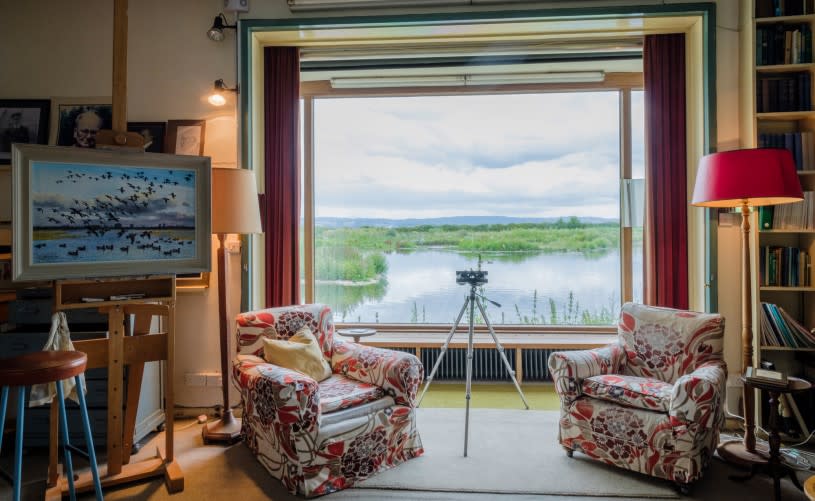
Image - Study in Scott House Museum. Credit WWT and Rupert Marlow
In 1957, the BBC Natural History Unit was formed at the studios in Bristol and David Attenborough was invited to be its head. While Attenborough commanded the new Travel and Exploration Unit, Scott’s work focused on Slimbridge; research, conservation and international captive breeding programmes. For example, helping birds like the ‘nene’ also known as the Hawaiian goose which was the rarest species of goose in the world. Seventy years later this bird was downgraded from endangered to threatened and provided the framework for conservation championed by the WWT to this day.
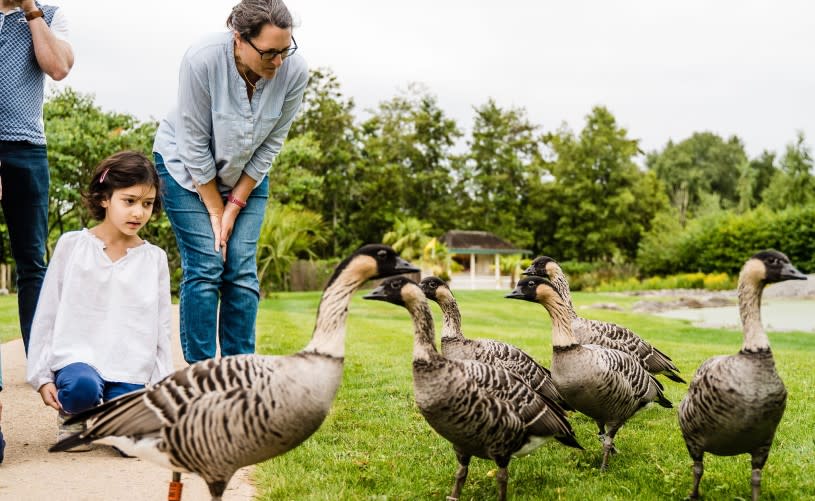
Image - Visitors with nene geese at WWT Slimbridge
Over recent years, WWT Slimbridge has become a multi award-winning attraction. Now in its 76th year, the charity and visitor attraction has something for everyone to enjoy including a collection of bird, a large wildlife reserve, exhibits, play areas, a restaurant and gift shop.
Slimbridge prioritises accessibility so that everyone feels welcome. Features include wheelchair and scooter hire, accessible bird hides, hearing loops, quiet areas and wide flat pathways. This year, Slimbridge have opened a Changing Places Toilet.

Image - Estuary Tower at Slimbridge, image credit Clem Stevens
A £6 million National Lottery Heritage funded project saw the opening of eight new and re-developed attractions including Scott’s former home which has become a museum, luxury accommodation and conference space. There are daily tours of Scott House Museum, which are free with admission to the centre.
WWT Slimbridge run daily tours of Scott House Museum, which are free with admission to the centre. Find out more

Image - Volunteer with visitors in the Studio in Scott House Museum, credit WWT and Clem Stevens
Thank you to Claire Rees, Museum & Administration Supervisor at Slimbridge, for writing this blog.
Read more:
